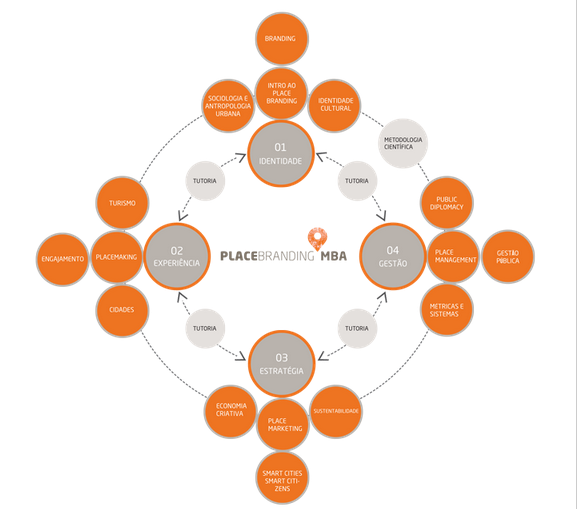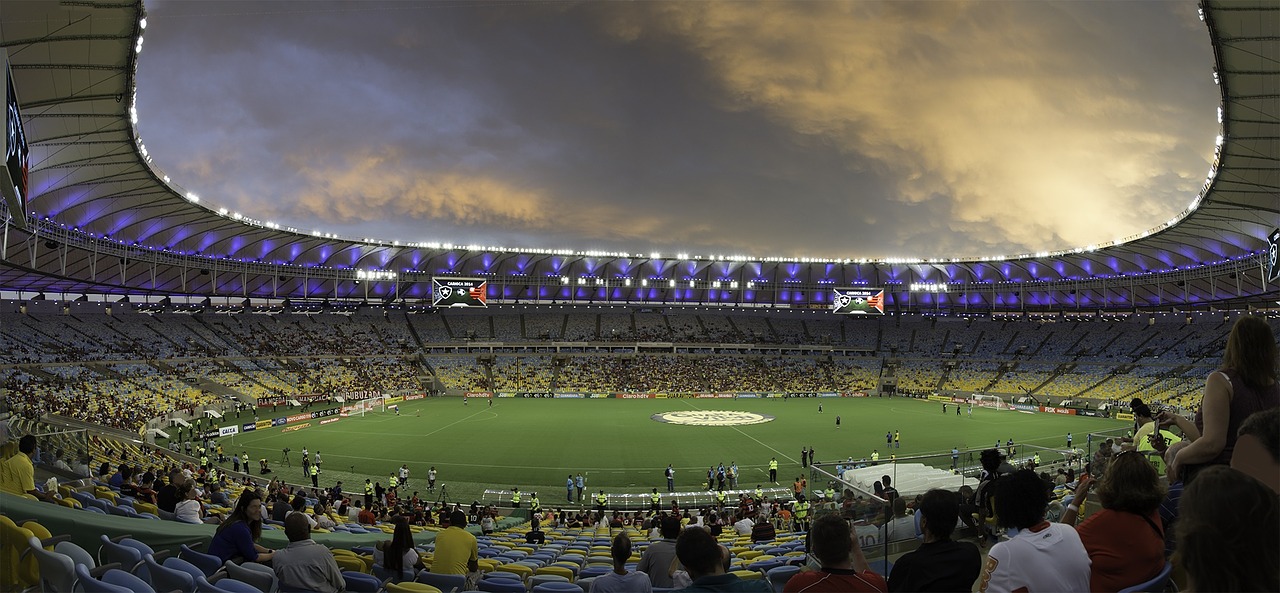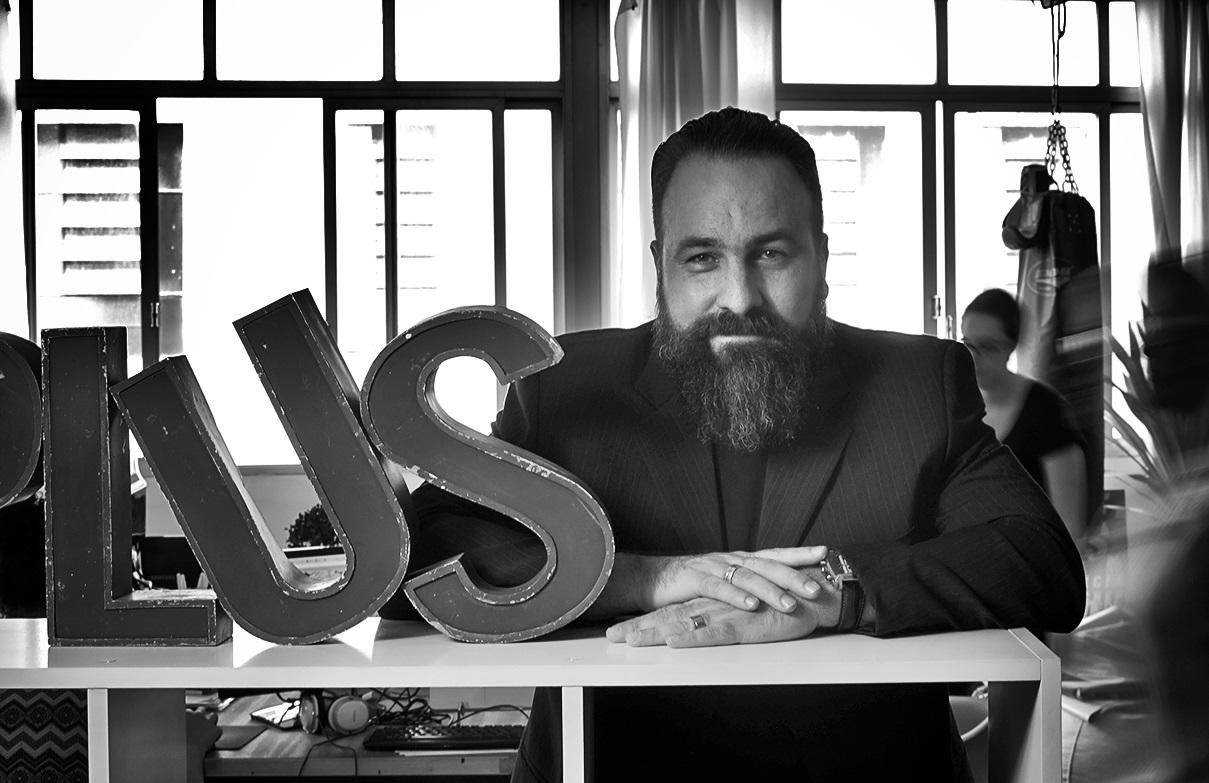Caio Esteves, CEO of Places for Us place branding consultancy, in this interview discusses his role in heightening the importance of place branding in Brazil and shares his insights on blending both academic and practical applications, and the role citizens can play. He also discusses integrating urban planning with place branding and how Brazil differs from other Latin American countries.
Learn about:
- How place branding academics and practitioners can complement each other;
- Why it’s important for MBA programs to connect place branding (idea) with placemaking (implementation);
- Why Colombia and Peru are inspiring examples of country branding in Latin America;
- How international news coverage affects place branding in Brazil.
Caio, as CEO of Places for Us, you bring not only practical applications to the field but also theoretical knowledge from your time as an academic. How do you balance the two?
I truly believe in combining academic and practitioner approaches. Place branding is sometimes perceived negatively, as some kind of make-up, a type of design or advertising. Brazil is certainly no exception. This becomes noticeable when talking about place branding to an urban planner, for instance.
Practitioners need to validate their empirical knowledge with academic reflection. Sooner or later, at least some of the theoretical models generated by academic research need to become part of daily practice, to be of value.
Academics can contribute to the place branding discussion on the issues and enlighten them, but this knowledge must become tangible and available. It cannot be limited to university seminars, conferences or academic papers.
In Brazil, the holistic approach to place branding propagated by leading place brand experts and promoted by The Place Brand Observer is still mostly unknown. Academic work is still very much focused on destinations and tourism characteristics, which are obviously of vital importance for Brazil, but far from being the only possible approach.
As founder of the first place branding consultancy in Brazil, I assumed the thankless task of promoting and advocating for place branding. So, I throw my passion and enthusiasm into supporting both fronts. After all, who needs to sleep..?
You just launched an MBA for place brand managers and branding professionals – what motivated you to do this, how does it work and what is it all about?
I had already been teaching branding at the MBA level for some time. When I became involved with place branding about 4 years ago, I had difficulty finding any printed or online material, or individuals to talk about it in Brazil.
Much of the academic output was focused on very specific approaches – quite different from what I understood place branding to be. After all, I had a background in branding and architecture/urban planning and was capable to understand the complexity of the issue.
As an architect I felt there was a huge gap between place branding and the understanding of urban dynamics.
Brazil is currently going through what I call the “fashion of cities,” which is an idea I hope has come to stay. Today, we face the same problems which Europe faced more than 50 years ago, namely the urban mobility discussion, the cities for people approach. But we have our own issues as well, like all the problems related to inequality and political crises that insist on persecuting us. There is an idea in the air – an idea that you can live in a better city, in a better country.

The MBA seeks to bring together and connect through qualifying discussion different transforming agents: public administrators, marketing professionals, branding professionals, tourism, business, and economics. The overall purpose is to discuss and build an area of knowledge which at the moment is still in its early days in Brazil. I am grateful for Faculdades Integradas Rio Branco, which pioneered the branding training in Brazil and believed in my crazy idea.
The course has four axes: identity, experience, strategy and management. Each axis is divided into four modules and covers the different areas of what I call the “place branding ecosystem”, ranging from urban sociology and public management, through place making, urban planning, public engagement to the metric and evaluation systems.
The course comprises 17 disciplines, is collaboration-driven and uses design thinking tools to discuss and propose solutions to the places.
You recently published a blog article on your website discussing the “5 Reasons to Place Brand” Can you talk a little about how Place Branding is your “Placemaking Identity tool” and share with us a few of these reasons?
Identity Placemaking is what I define as the “overlap of placemaking and place branding.”
Placemakers tend to have little or no relationship with place branding, and practitioners of place branding know very little about placemaking. With my background in architecture, that always seemed rather absurd to me. I always thought that both professional groups would gain significantly from working together, and as a result the places will benefit too.
What most caught my attention initially was that placemaking does not necessarily work with a clear and structured identity layer. On the other hand, it is difficult to explain the virtues of place branding without a concrete, physical action to exemplify it.
The Identity Placemaking approach is our way of connecting both disciplines. Place branding as an “umbrella-idea,” which placemaking translates into “brand experiences” by weaving physical actions into the urban fabric: the central idea that moves and strengthens the place.
There is another reason for the Identity Placemaking approach. In Brazil, because it is an unknown discipline, place branding by itself has difficulties in being accepted. As an idea, it requires a sound understanding and abstract comprehension by the market. This tool allows the realization of the place branding “idea” by establishing guidelines to build “physical experiences” in common spaces, which can be public or not.
Brazil has been in the global news a lot recently. In what ways are you finding the news coverage challenging to place branding in Brazil?
Brazil is a culturally rich country and benefits from a privileged geography with continental proportions. Because of our young age we are still looking for our identity as a nation. At this point, the size of the country is simultaneously the source of wealth and trouble, which is different than many countries in Europe that have a stronger and more consolidated cultural behavior. Brazil struggles with huge cultural, economic an social differences between the various regions of the country.
We have been plagued by political problems for years and even the social mobility promoted by the previous government (from the same party) was not enough to keep the country at an acceptable level of economic stability. We are actually far from it, and also far from political stability.
The huge opportunity created by the two mega sporting events (the Soccer World Cup in 2014 and the Olympics now) should have strengthened Brazil’s brand as a major player – not only in the Americas but in the entire world. Unfortunately, the government did not have the maturity, nor the competence to prepare effective strategies in order to boost the economy by using the events to place Brazil in the spotlight.
I hope the problems in the structure and the crisis will serve as a future lesson for planning more carefully and responsibly. That said, despite all the political and economic problems, the Olympics will be a success and I am sure that the experience of all the visitors will be great. However, this is only a small fraction of what could have been achieved with proper preparation and planning – including place branding, which was left out of the loop.

Are there any good practice examples of Place Branding in South America which inspire your work?
I think Colombia is a great example of place branding in Latin America. They had the ability to turn a negative reputation caused by the violence of the FARC and drug cartels into something completely different. In my opinion, this new “image” of Colombia was strengthened by the urban planning and the implementation of an innovative, urban mobility in Colombia’s capital, Bogotá (which is based on a Brazilian city model, Curitiba, but extends the mobility network to other modes such as bikes). At the same time, this project strengthens what was initially a European idea – a different way to commute.
As far as place branding is concerned, I do not know if or how the Colombians identify with the country image project, how deep the research about this new image goes and how well it translates the country’s identity, which sometimes may seem common to the continent, but not specific to a people.
Peru is another example that falls in line with this idea.
In Brazil, there is much to be done. Almost everything is still about promoting the natural beauty and specific features of the culture. We must expand this understanding and deconstruct the caricatured image that most of the world still holds in their perception of us. This goes through place branding but mainly requires institutional and government actions.
An example of a unique place brand is the São Paulo city of Campos do Jordão, which is known as the “Brazilian Switzerland”. Apart from having no Swiss immigration or snow, the houses have ceilings prepared for snow like Swiss houses and the prevailing aesthetic in place is Swiss. The question is: Does it make sense? Can we call this place branding? No way!
Thank you, Caio.
Learn more about Caio’s work or connect with Caio Esteves on LinkedIn.
Enjoyed our interview with Ciao Esteves on the emergence of place branding in Brazil? Spread the word!


